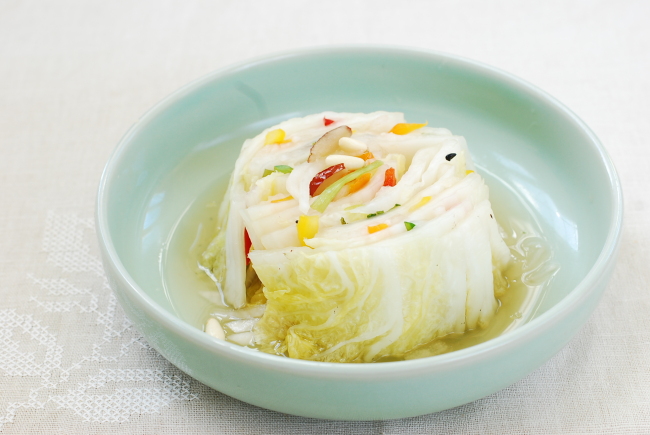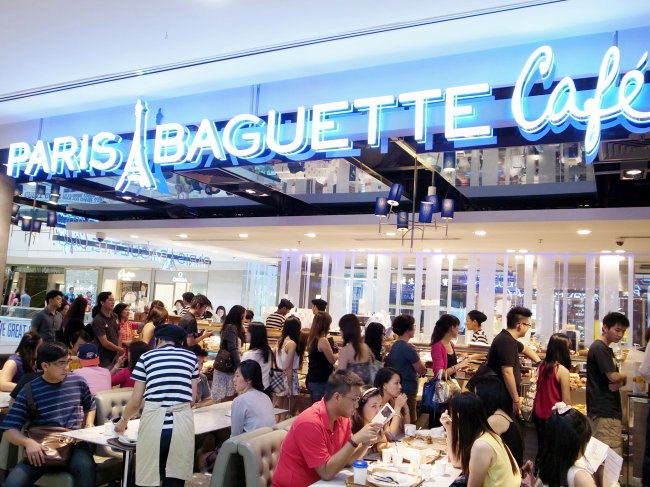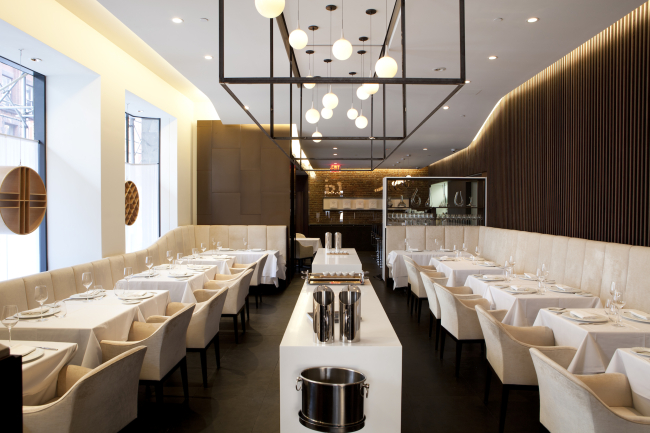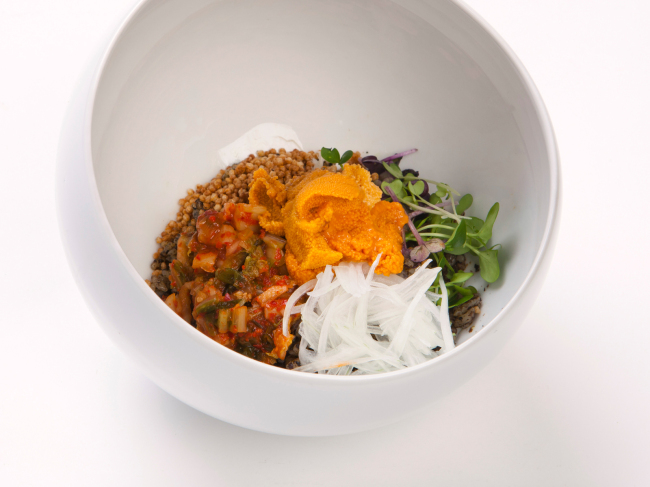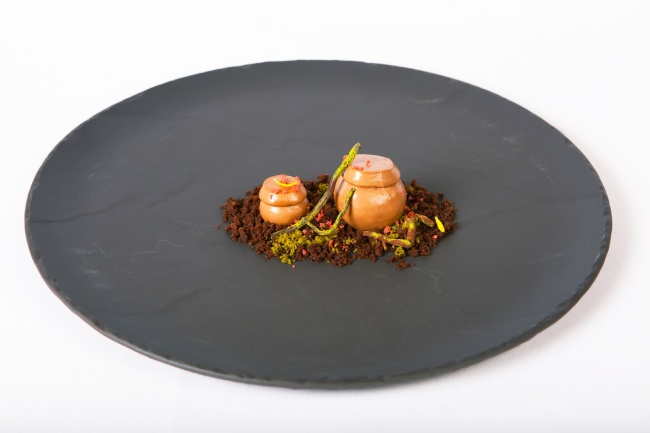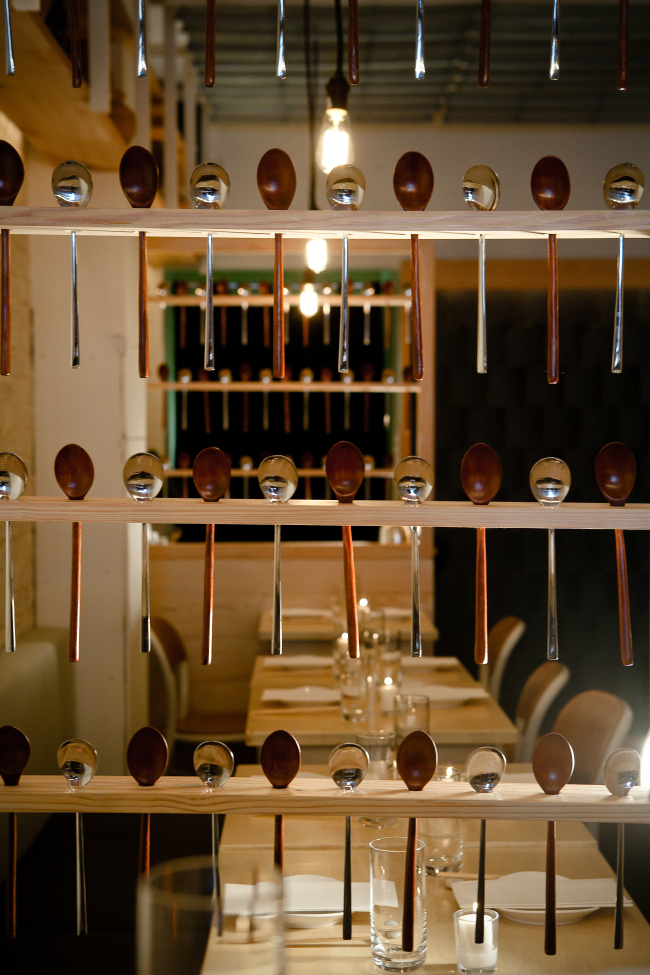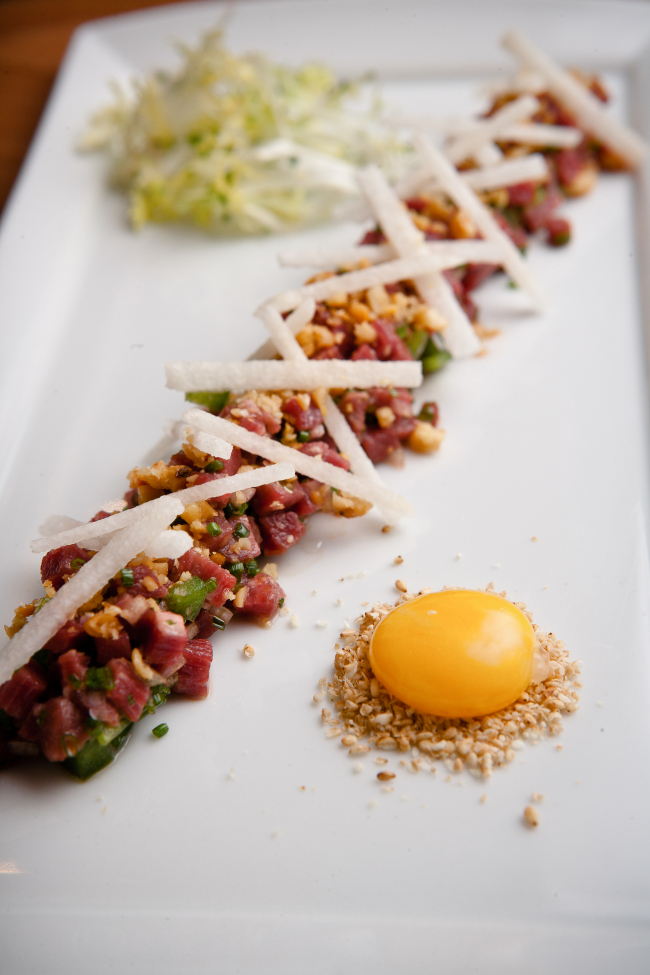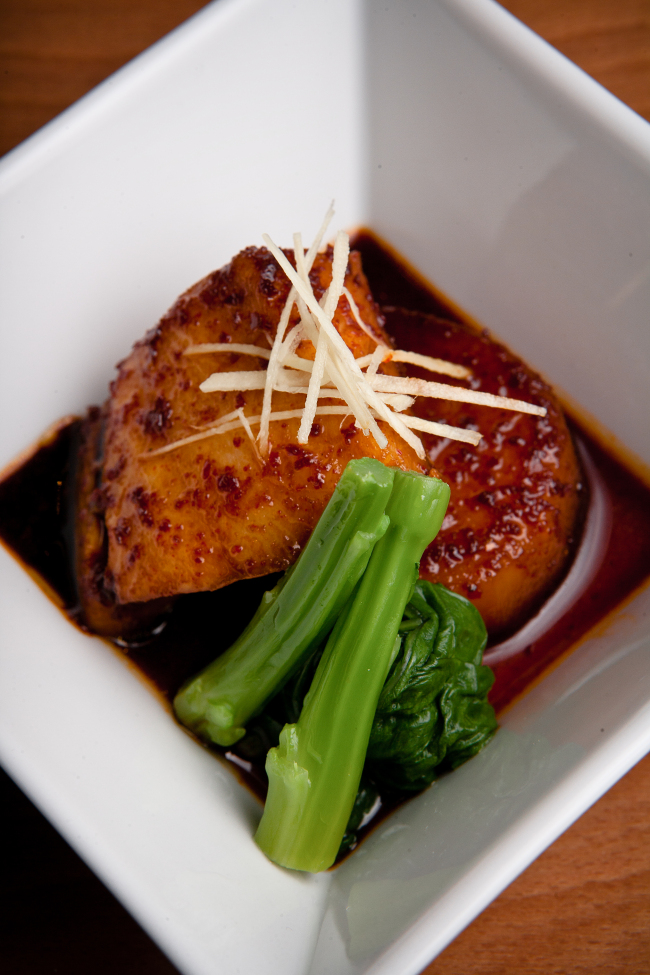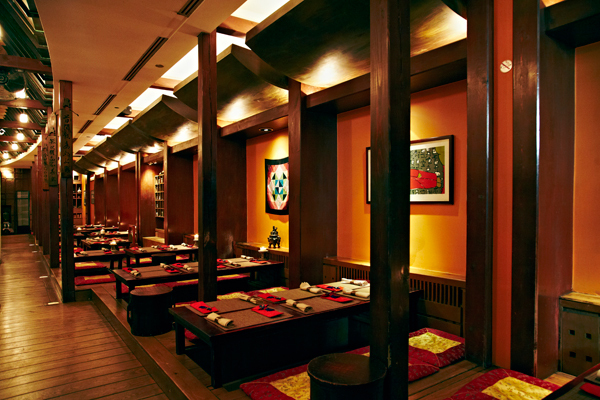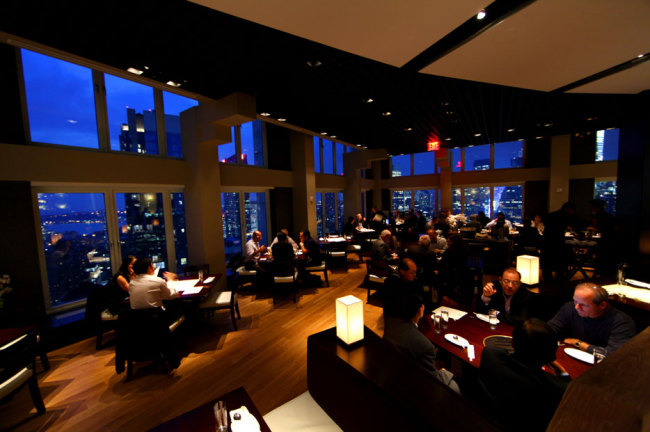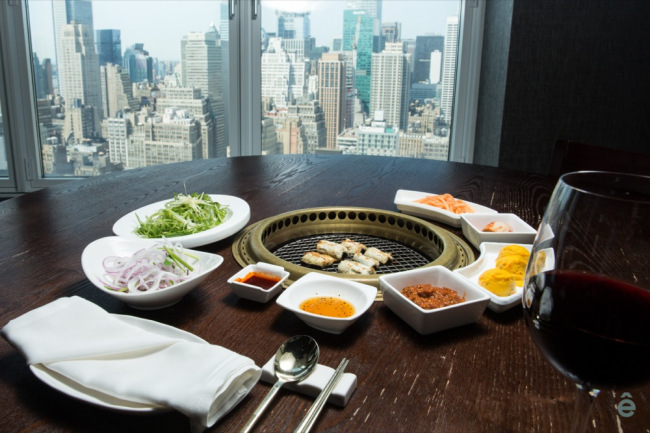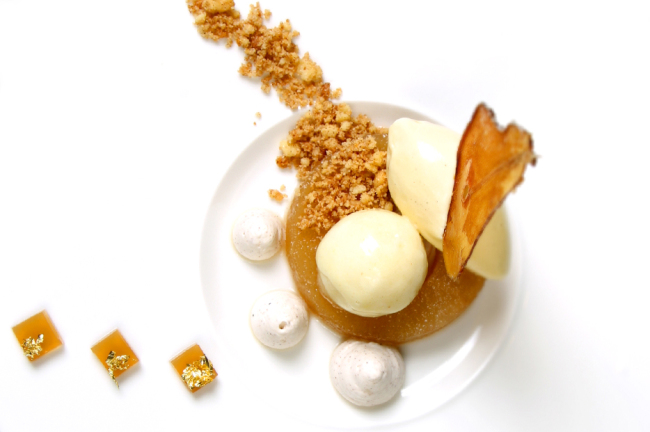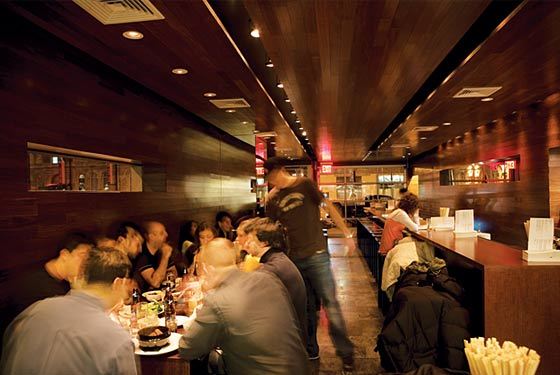 |
| Dak galbi (spicy stir-fried chicken) (Korean Bapsang) |
The sauce for dak galbi is made with staple Korean ingredients, such as gochugaru (red chili pepper flakes), gochujang (red chili pepper paste), garlic, ginger, etc. It sometimes contains Korean curry powder, which is a premade mixture. Dak galbi is typically not served with rice, but it’s customary to mix some rice into the leftovers at the end to make fried rice.
This popular restaurant dish is easy to make at home. You can double the sauce recipe and keep the other half in the fridge. You will definitely want to make it again soon.
3 to 4 servings
Ingredients:
● 450 grams boneless (and skinless if desired) chicken thighs
● 170 grams tteokbokki tteok (rice cakes)
● 140 grams green cabbage
● 1 small Korean sweet potato (goguma; about 5 ounces)
● 6-8 kkaennip (perilla leaves)
● 2 scallions
Sauce:
● 1 1/2 to 2 tablespoons gochugaru (Korean red chili pepper flakes)
● 1 tablespoon sugar
● 1 to 2 teaspoons Korean curry powder (optional)
● 1/2 teaspoon salt
● 1 tablespoon soy sauce
● 2 tablespoons rice wine
● 1/2 tablespoon corn syrup (or more sugar)
● 1 tablespoon gochujang (Korean red chili pepper paste)
● 1 tablespoon minced garlic
● 1 teaspoon grated ginger
● 2 teaspoons sesame oil
● 2 tablespoons water
Optional fried rice:
● Two servings of cooked rice
● 1 tablespoon dak galbi sauce
● 1 tablespoon sesame oil
● 1 sheet of gim (dried seaweed)
Soak the rice cakes in cold water for 10 to 20 minutes if hardened. Skip if using fresh rice cakes.
Mix all the sauce ingredients well in a bowl.
Cut the chicken into bite-size pieces. Mix with the sauce (reserving 1 tablespoon if you’re going to make fried rice at the end) and marinate while preparing vegetables.
Cut the sweet potato in half lengthwise and then thinly slice crosswise and slightly diagonally. Cut the cabbage, kkaennip and scallion into small pieces.
Heat a pan over medium-high heat. You can add a tablespoon of oil if you want, but this is not necessary. Add the chicken, sweet potatoes, rice cakes and cabbages. Cook for 5 minutes, stirring occasionally. Lower the heat if the ingredients (especially the rice cakes) stick to the pan. The steam from the vegetables should keep them from sticking to the pan, but you can also add a couple spoons of water if the pan gets too dry.
Add the kkaennip and scallion and cook for another 3 to 4 minutes until the rice cake and the sweet potato pieces turn soft. By then the chicken should be cooked through.
Optional Fried Rice:
Add the rice to the pan along with the leftover sauce and sesame oil. Stir constantly until everything is well incorporated and the clumped up rice is broken up, about 5 minutes. Scrape up the flavorful brown bits from the pan while stirring. Mix in the dried seaweed and sesame oil.


